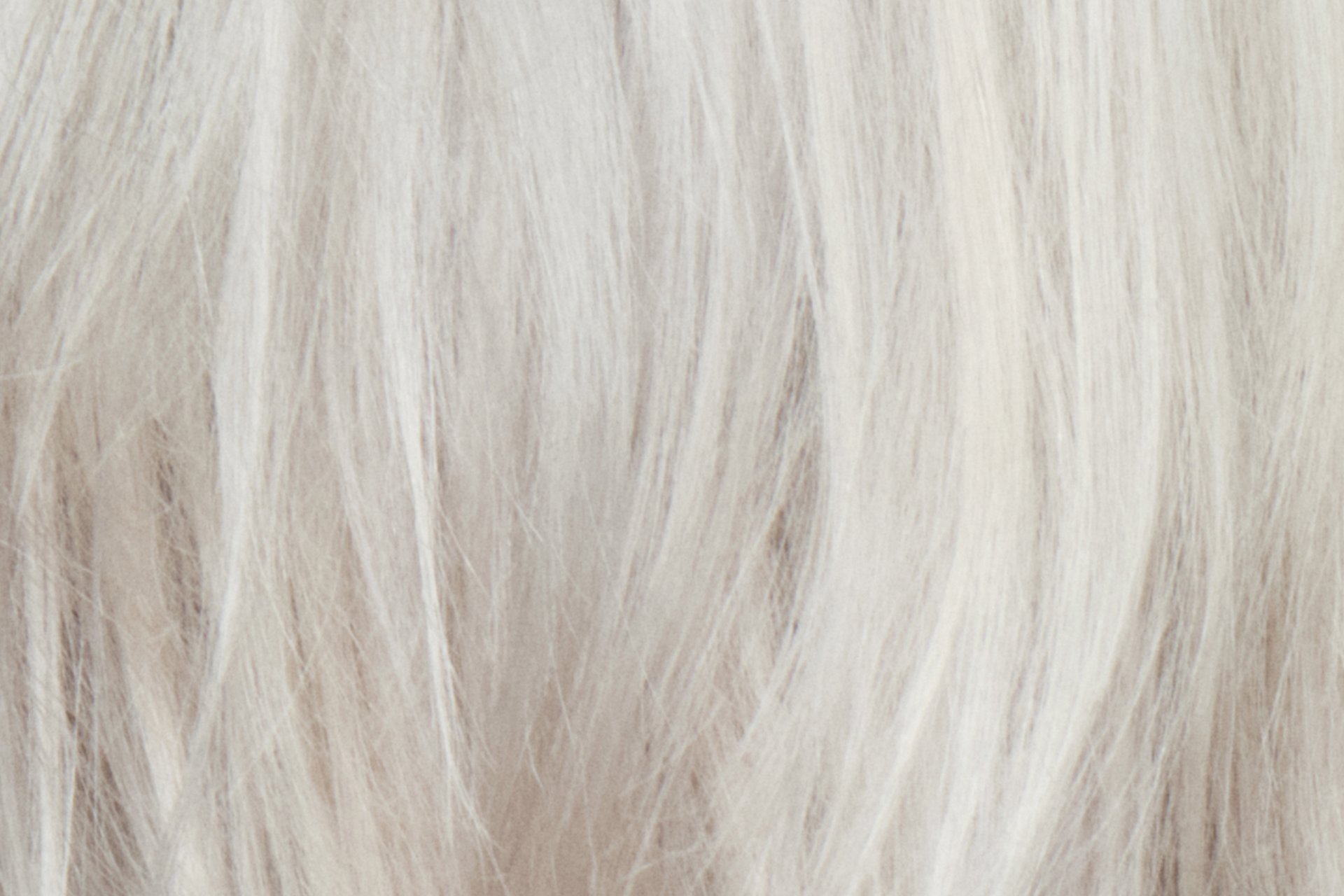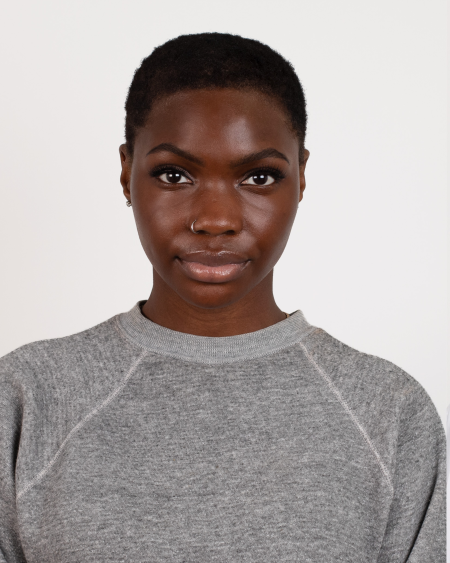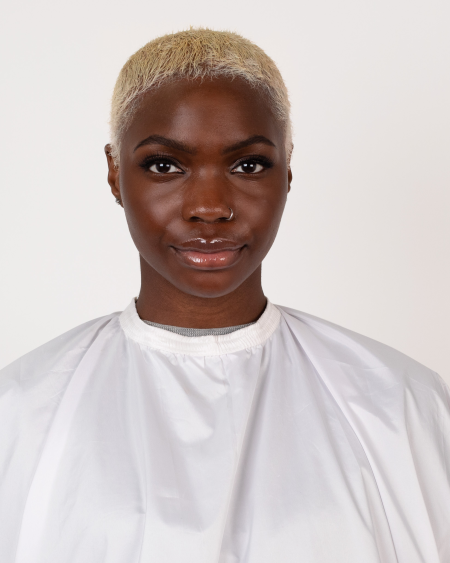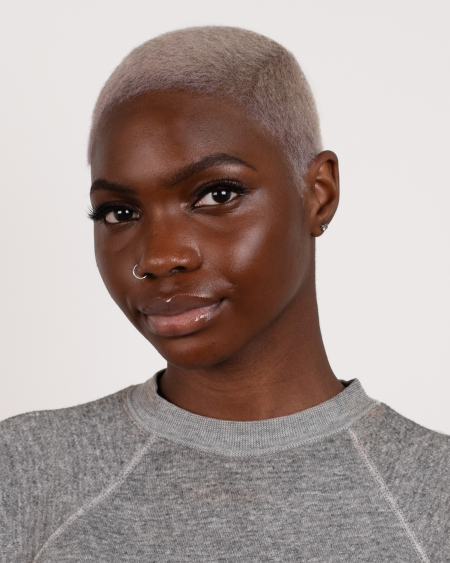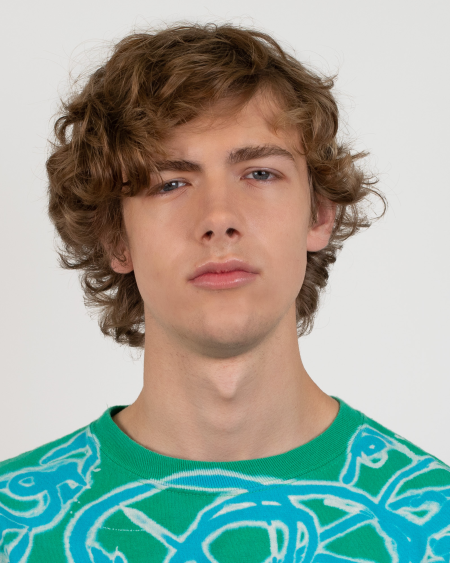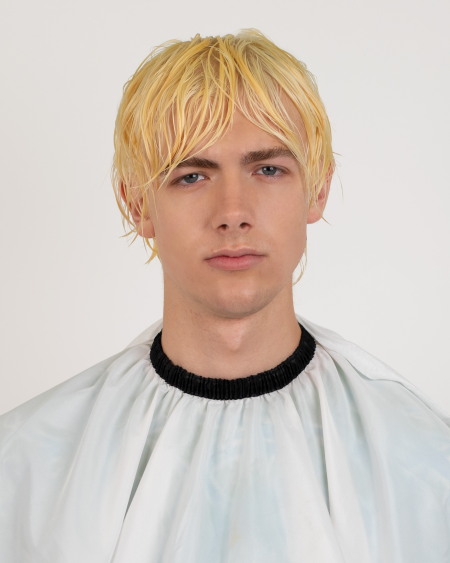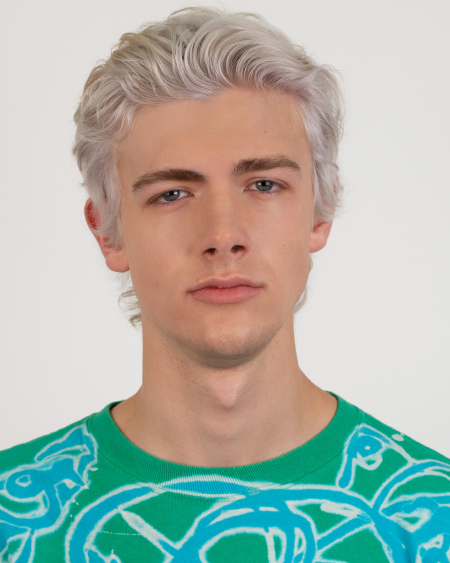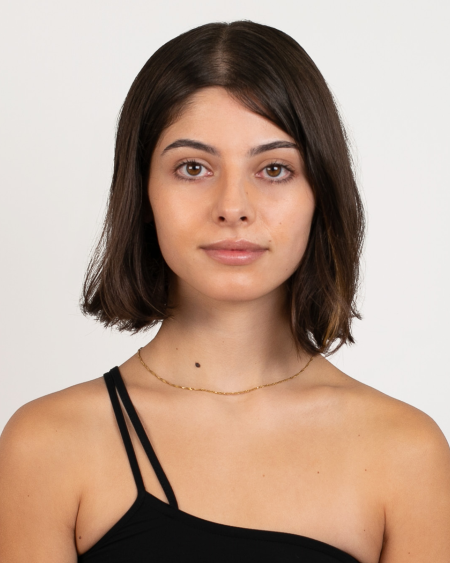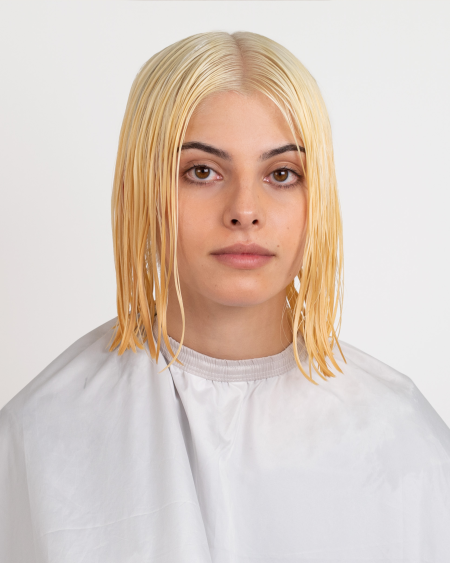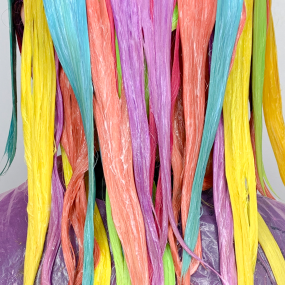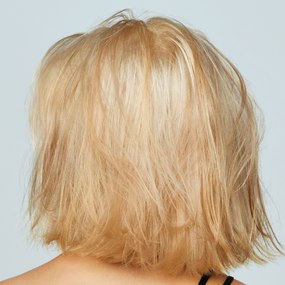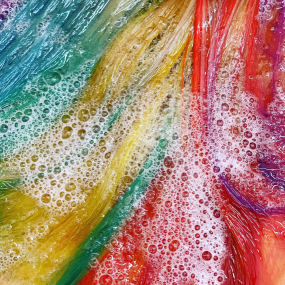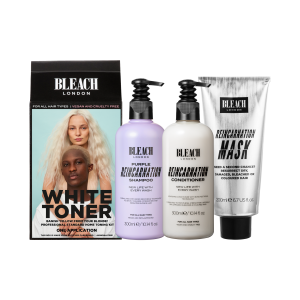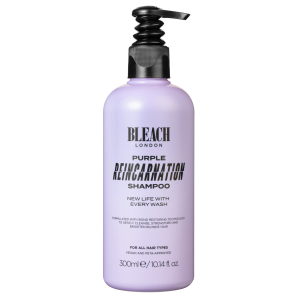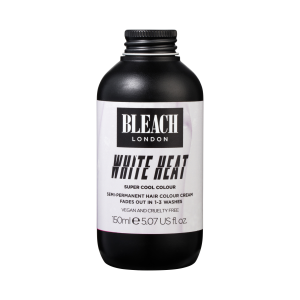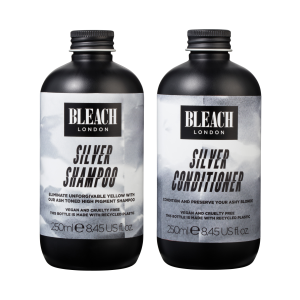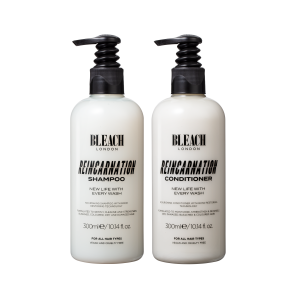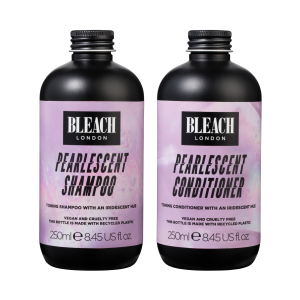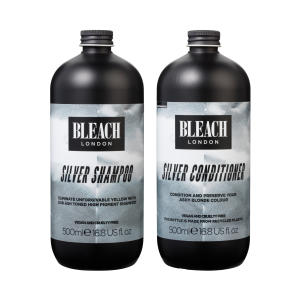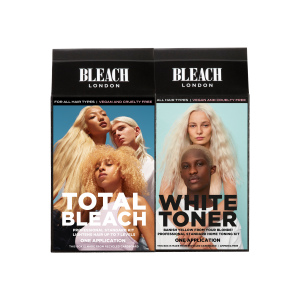
How to get the best, healthiest bleached hair at home
Create the perfect blonde base for DIY dyeing while keeping hair strong with our these golden rules
Whether you want to experiment with funki coloured tints or you're curious to see whether blondes really do have more fun, getting your bleach base right is the essential first step to transforming your hair.
Bleaching is the process of pulling the natural pigments out of your hair to lighten it in preparation for adding toner and colour – before adding those products, your bleached hair will be a shade of either yellow or orange. That base colour affects how your final shade will turn out and which toner your should use: some colours are fine to apply over an orange or yellowy-orange base bleach base, while other hues, like pastels, require a yellow or very pale yellow bleached base. Find out more about how your bleach affects your final hair colour here.
To help you get the best bleach at home and create the perfect canvas for adding colour, senior Bleach stylist Freddie breaks down her top tips for bleaching your hair while keeping it healthy and happy in the process.
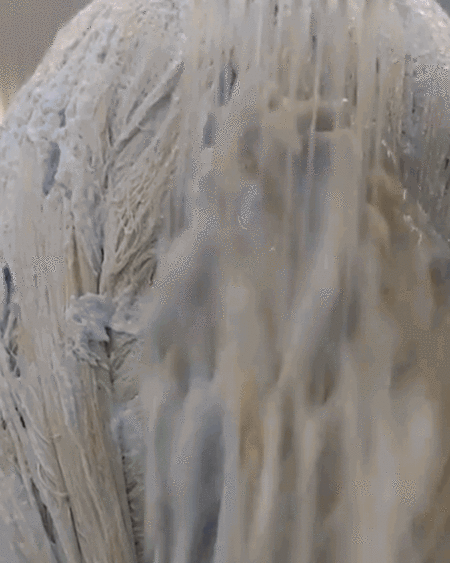

Only bleach virgin hair
Bleach is only for use on virgin hair – that’s hair that’s never been touched by any chemical process like bleaching, colouring, perming, relaxing. Your hair remembers everything you do to it, because any chemical process it’s been through in the last couple of years (depending on your hair length – if you have a buzzcut, don’t worry about this!) will have altered the chemical structure of each strand. And when your hair’s structure has been changed, that means your bleaching, or lifting, process will be affected.
Think back. Has your hair had any of these processes performed? If it has, we recommend speaking to a Bleach stylist before doing anything else. Book a free video consultation with one of our salon pros, who’ll be able to help with next steps!
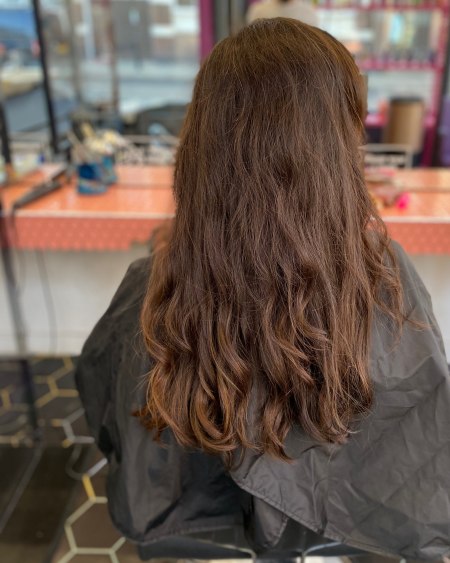
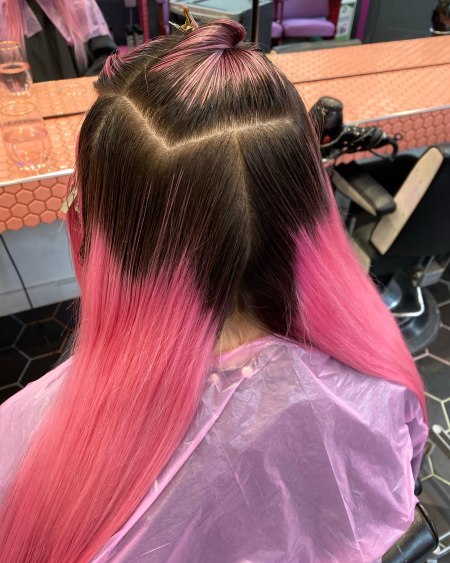
Protect your scalp
Whether you're doing a full application or you just need someone to point out any bits you've missed, see if you can get someone to to lend you a helping hand when you're bleaching. This will really take the pressure off, especially if it’s your first time!
Bleach is serious stuff and it's normal for your head to tingle or itch a little bit, but it should never burn or sting. There are a couple of things you can do to protect your scalp when your bleaching. First: don't wash your hair for at least three days before applying bleach, the natural oils produced by your skin will help keep your scalp happy! You can also use Scalp Saviour, our specialist barrier oil, which is great if your scalp is sensitive – particularly for your hairline and ears.
Before you actually start bleaching, read our how-to guides. They'll walk you through the best way to get prepared and important steps like your strand test. On the day, make sure your hair is brushed through and totally detangled before you start bleaching. You might need to brush segments through as you go, but if you have a tangle-free starting point, your application process will be smoother with less interruptions.
How blonde will you go in one session?
Establishing how light your hair can lift in one sitting is important for choosing the toner and colour that comes next. If your hair’s naturally very dark, it'll take longer to lift than hair that's lighter brown or blonde. Some people will be able to reach a platinum blonde in one go, while others might be getting to more of an orangey-yellow bleached base.
Hair texture also matters when it comes to how light your bleach will lift your hair. Fine hair lifts more easily than coarse hair – just pick up a hair from your brush and compare it to that of a friend’s and you’ll see how different they can be! if you're not sure about what kind of hair you have, take our Hair Quiz which has some handy tips!
You can’t just leave the bleach on for as long as it takes to lift your super light, because it can be stressful to your strands! So, however light your hair will go in the 50mins-one hour processing time (which is the max we recommend at home!) is the lightest you can safely go when you're DIY bleaching. Doing a strand test before you get started will give you an indication of how light your hair can go. Head to our Instagram highlights to see a step-by-step strand test guide by Bleach stylist Paige.
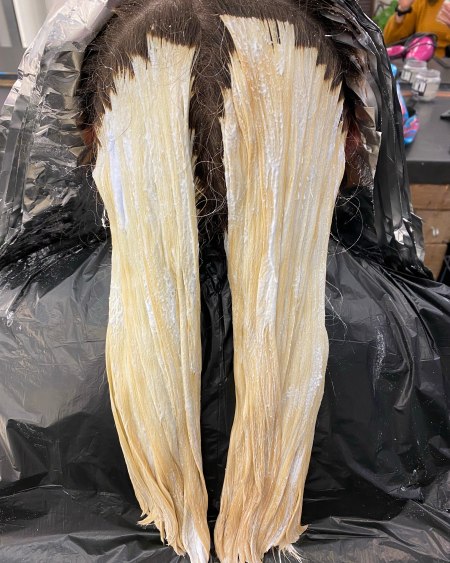
Follow this collection of models and hair types. I see these models go from dark to light, check out our how-to guides for more details.
You'll need more than one box kit
It's important that you have enough product to cover all your hair before you get started. Your hair needs to be well saturated in product – whether that's bleach, toner or Super Cool Colour – for an even result. More is more! So, as you apply your bleach, gently smoosh it in to ensure every strand is covered. Take our Hair Quiz to see how much to order or speak to a stylist. Every product page on the website will have a
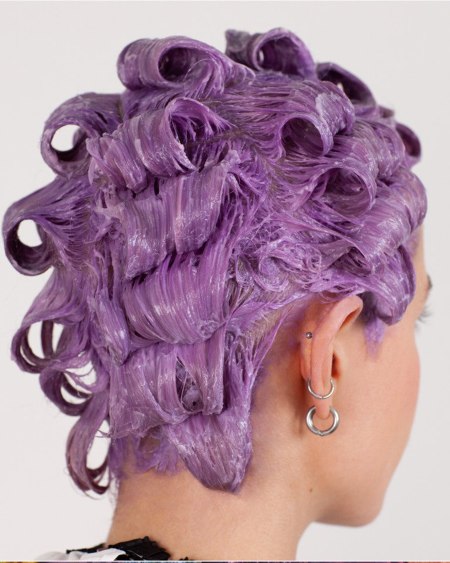
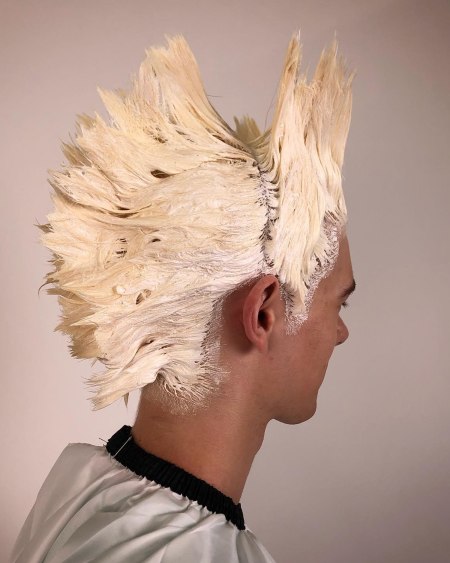
Time is a harsh mistress
When it comes to bleaching, timing is everything. Be realistic with how long an application will take and set aside enough time to work through at a steady pace. The time from start to finish depends on hair length and texture but it can be anywhere between two and five hours. Always start applying bleach at the front of your head – your future self will thank you! Set a 45-minute timer every time you start a new section. This'll help you get into the swing of bleaching and you'll be able to rinse the sections you started with before you finish the back, if you need to.
Strand tests give a good indication of how light your hair can go in one sitting, but you can also keep an eye on it during the process with a scrape test. Use the end of a comb to gently scrape the bleach away from your hair to see the colour underneath. Refer to our bleaching how-tos for full scrape test instructions.
Heat will also affect how quickly your bleach lifts in two ways:
Body heat: heat from your head makes the first inch of hair develop faster. Always start with the mid lengths and ends of your hair when you're bleaching and do your roots last.
Environmental heat: bleaching in a warm room or on a hot day can make your bleach lift faster than on a cooler day/environment. Always use your scrape test to check whether the bleach is ready to come off, rather than relying only on how much time has passed.
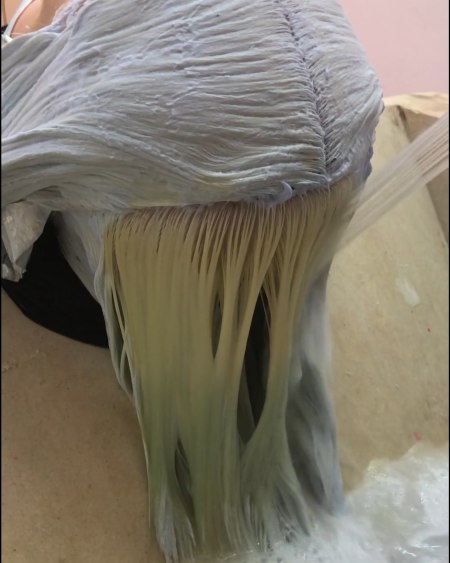
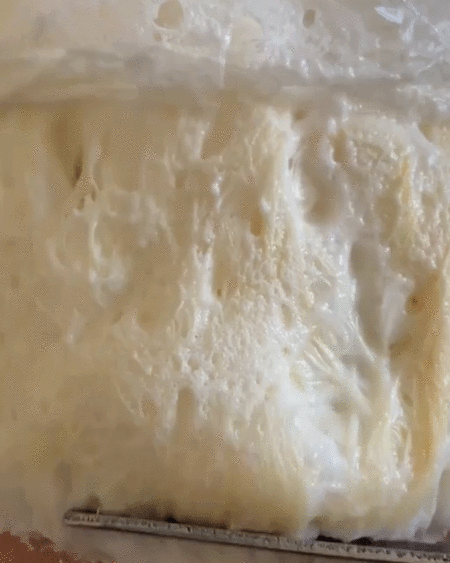
How to maintain and care for bleached hair
Looking after your bleached hair is just as important as getting the application right. Imagine your hair is made out of a fragile, fabric-like silk. It needs special care when washing and handling and can't take lots of heat styling!
We recommend using nourishing hair masks, treatment shots and strengthening shampoos designed for bleached hair regularly. Bleached hair is bad at holding on to the good stuff it needs, which is why it's important to give it a little extra help by adding moisture and protein back in regularly. Try our Reincarnation or Beer Mask – both are packed with bond repairing, moisturising properties. If your hair is super parched these are also great in place of your conditioner.
It's also essential to keep on top of trims – this will help keep your ends strong so they don’t break. Head to our Instagram and watch Bleach boss Alex Brownsell show you how to trim off dead ends at home without having to do a big chop!
And that's your bleaching 101! If you're ready to bleach, head to the Hair Quiz for a personalised prescription of products. Or, if you still have questions about the bleaching process or need some product pointers, just get in touch with a stylist.
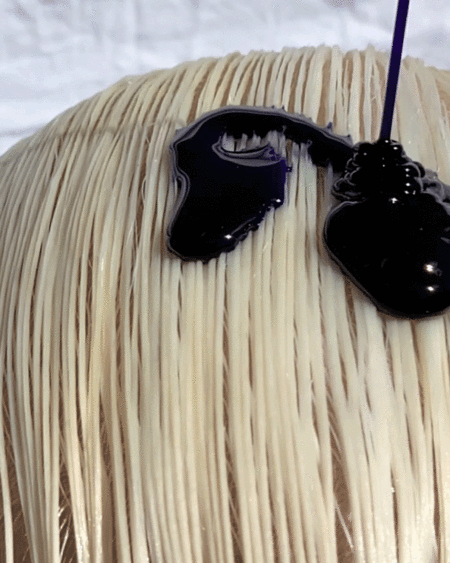
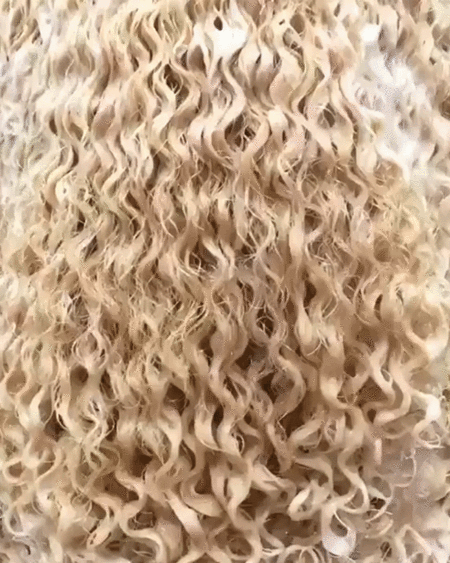
How do I know which bleach is best for my hair?
Luckily, we have a wide range of bleach kits tailored for every hair type, because everyone’s hair is different! If you have curly, coily or fine hair, the Low and Slow Bleach Kit is perfect for a gentle lift. Our Bond Building Bleach Kit has 20 vol developer and leaves your hair up to 30% stronger, and contains a sachet of Silver Shampoo to keep brassiness at bay. It’s a blonde bargain! Total Bleach (our first born) is a professional standard bleach and great for maximum lift. Plex Bleach is formulated with Plex technology and 30 vol developer for maximum blondage with minimum breakage.
Do I need a purple shampoo for my bleached hair?
Only when you want to take the brassiness away from your blonde. If you want to have a finish anywhere between a neutral to ice blonde, you should be using a purple shampoo to neutralise brassy tones. The Bond Restoring Purple Reincarnation Shampoo is perfect for every wash, go for Silver Shampoo if you want an icy finish. If your goal is to go for a warm colour, such as copper, orange or red you should stay away from purple shampoo to keep your hair warm and vibrant.
What does an itchy scalp mean when bleaching?
It’s common to experience a mild itch on the scalp during bleaching, especially when it is your first time. A mild itch is normal because bleach is an irritant however, severe irritation, burning, heat, blistering and serious itching is NOT normal - if you experience any of these, stop bleaching immediately. If you’re worried about the itchy scalp we recommend our Reincarnation Scalp Treatment which can calm the scalp after bleaching.
